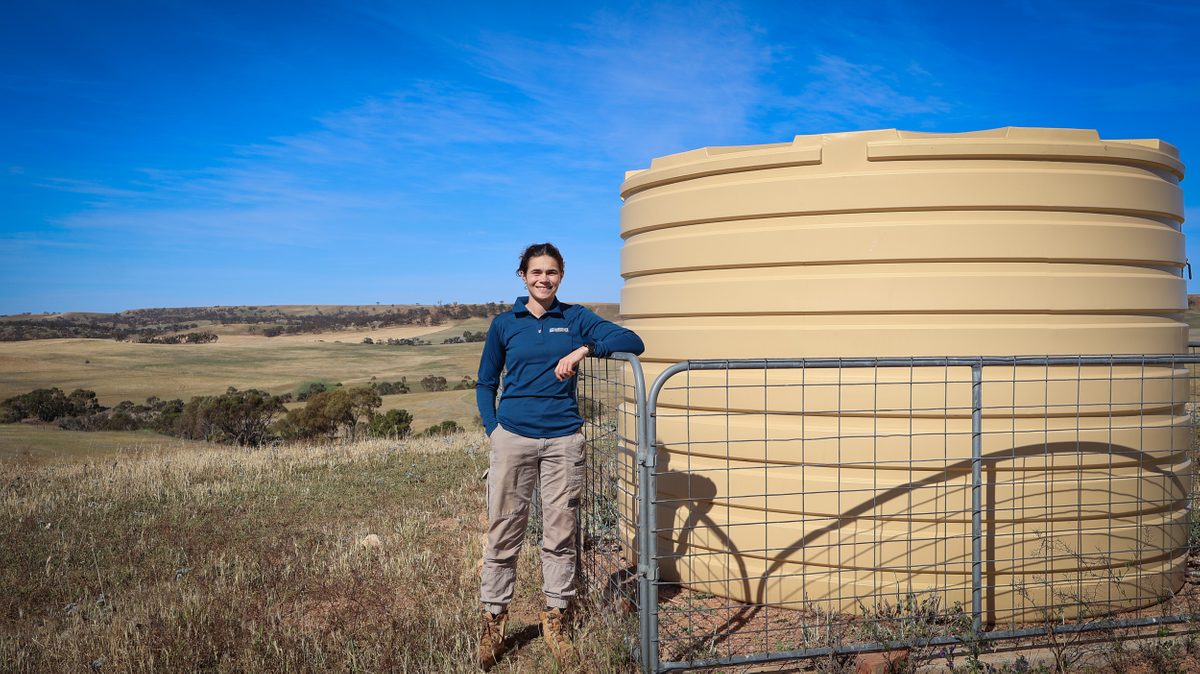Beach walks and boxthorn control all in a day's work
Media release about Friends of Walk the Yorke group controlling African boxthorn
Chopping down nasty African boxthorn weeds while enjoying a beach walk at Port Minlacowie is all in a day’s work for Friends of Walk the Yorke group members.
The ‘Walking Bee’, led by Celia Manning and Pam Bennett, is a monthly multi-tasking activity during cooler months that sees group members make the most of the great outdoors and tackle the fast-growing declared weed.
“Our group has worked on the sand dunes at Port Minlacowie for a few months now and has made excellent progress,” said Alan Anderson, a Friends of Walk the Yorke member. “We should get all of the Boxthorns removed in one or two more visits and then we’ll just need to keep an eye on smaller plants popping up in future years.
“We combine weed control into our beach walks and finish off with some coffee and cake.”
When it comes to Boxthorn control, Mr Anderson is an experienced campaigner on his 30-acre property at Port Rickaby. “I had more than 100 Boxthorn plants and have progressively removed them until they’re down to nothing,” he said. “I still need to be on constant lookout for new plants reinfesting the scrub because they sneakily grow up through other plants and can get quite tall before I spot them. It is a never-ending task that is made much easier if neighbouring properties also undertake control work.”
African boxthorn (Lycium ferocissimum) is one of Australia’s most widespread weeds that was originally introduced from South Africa as a fencing and windbreak hedge.
A hardy, drought-tolerant shrub covered in thorns, it invades natural areas, grazing land and roadsides and is mainly spread by birds and other animals that eat its bright orange-red fruit and spread its seed.
Northern and Yorke Landscape Board officer Janet Moore said from July until September is the best time to control African boxthorn. “It’s important to control Boxthorn before it flowers in spring and summer,” she said. “Targeting smaller bushes is another good tactic, as it is difficult and costly to remove when the plants are large and well established.
“Boxthorn causes headaches for farmers by infesting pastures and stock watering points and is damaging in environmentally sensitive areas where it invades native vegetation. It also provides shelter and food for feral animals like foxes and rabbits.”
The Northern and Yorke Landscape Board has begun significant Boxthorn control work in strategic locations across the region, with support from councils, contractors and community groups and encourages neighbouring properties to band together to combat this weed. The Friends of Walk the Yorke’s Boxthorn control efforts are supported by the Yorke Peninsula Council, which provides gloves and swabbing materials. New members are welcome and can call Alan Anderson on 0448 785 770.
Landscape Officers are available to provide advice about best practice Boxthorn control methods and correct identification, which is vital as African boxthorn can be confused with the native species, Australian boxthorn (Lycium australe). Contact the Northern and Yorke Landscape Board on 8841 3444 or email us. Find out more information about the region's pest plants.


